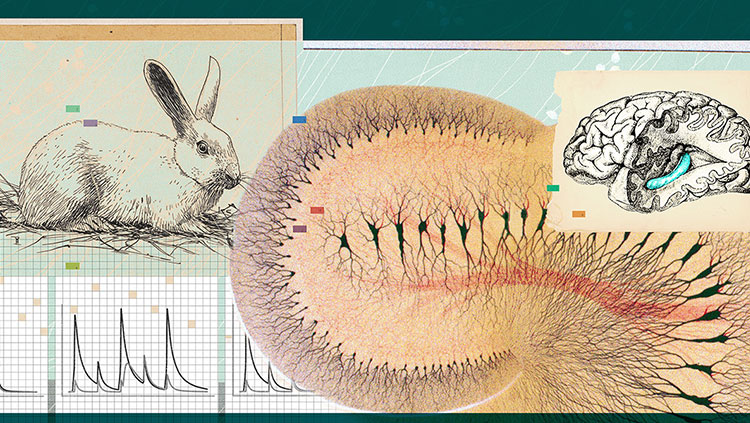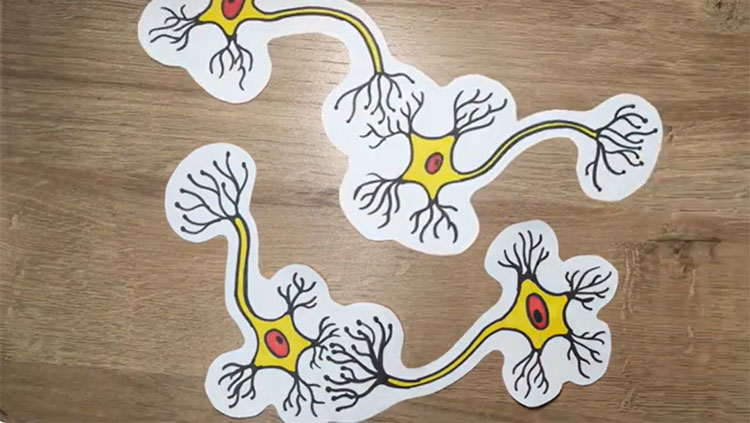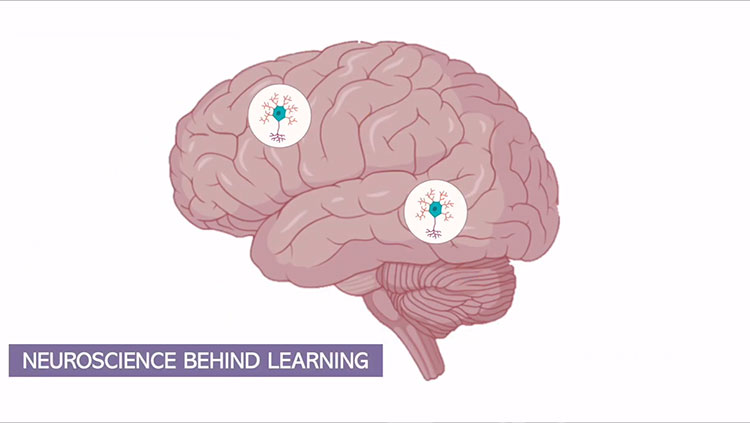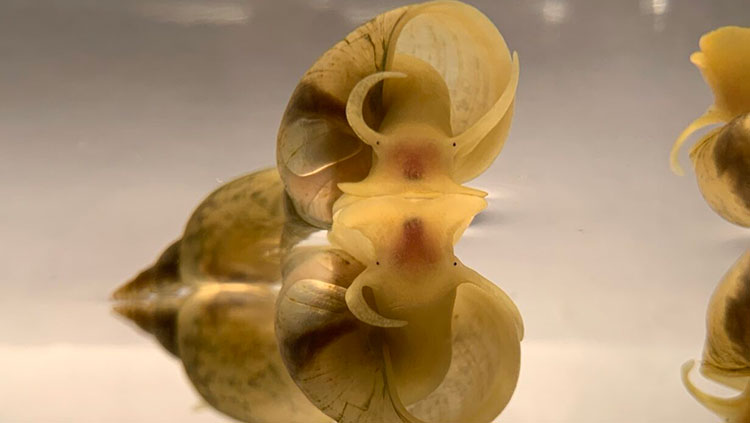Learning to Fly
- Published6 Jul 2015
- Reviewed6 Jul 2015
- Author Alexis Wnuk
- Source BrainFacts/SfN
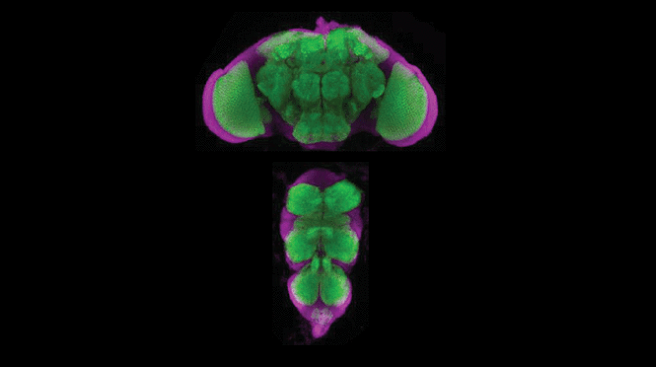
A typical day for a fly might involve searching for food, courting mates, and evading predators — all tasks that require learning about signals in the environment. Synapsin is a protein in synapses — the connections between neurons — that is vital for this kind of learning. The image above shows a front-view of a fly brain (top) and part of the spinal cord (bottom), with synapsin-containing synapses (green) and neuron cell bodies (magenta). Since humans and other mammals also have synapsin proteins, studying this protein in flies could help scientists better understand our own learning and memory processes.
CONTENT PROVIDED BY
BrainFacts/SfN
Also In Learning & Memory
Trending
Popular articles on BrainFacts.org



